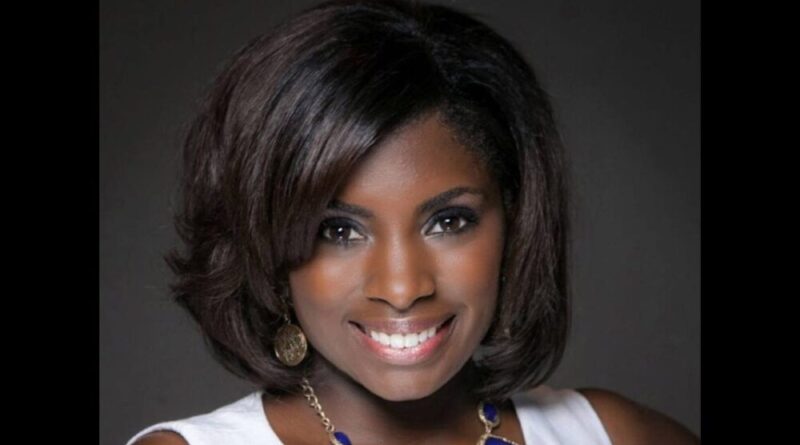Garnesha Ezediaro Shares How Bloomberg Philanthropies Is Bridging The Racial Wealth Gap
Bloomberg Philanthropies’ Greenwood Initiative is a pioneering philanthropic endeavor aimed at accelerating wealth accumulation for Black individuals and families while addressing systemic underinvestment in Black communities.
This groundbreaking initiative represents Bloomberg Philanthropies’ first portfolio dedicated solely to advancing racial wealth equity, marking a significant step in combating the generational impacts of systemic racism.
For decades, systemic racism has served as a barrier preventing Black Americans from realizing their full economic potential. Historical injustices, including housing, educational, and employment discrimination, have hindered Black individuals’ ability to build wealth over time, resulting in a profound racial wealth gap. Today, the typical Black family possesses only one-eighth of the wealth of the typical White family, underscoring the urgent need for transformative action.
Garnesha Ezediaro, an Atlanta native and key figure within the Greenwood Initiative, shed light on the initiative’s origins and objectives.
“The Greenwood Initiative was actually originally conceptualized as a policy platform, during Mike Bloomberg’s campaign for president. I was working on that campaign, and we were trying to figure out how if Mike were elected, we would leverage the full power of the federal government, to look at this history of inequity, across this country,” Ezediaro said. “We developed that as a platform. At the end of the campaign, Mike decided that he wanted to bring those ideas back to the foundation, which has been around for quite some time.”
The Greenwood Initiative was named in remembrance of the tragic events of the 1921 Tulsa race massacre in the Greenwood neighborhood. The initiative embodies a commitment to rectifying centuries of racial injustice.
“We have committed over $250 million to efforts across the country in the last four years. And so this portfolio is joining five other significant bodies of work that have been doing, giving and funding programs around the world to help increase quality of life around the world,” said Ezediaro.
At its core, the Greenwood Initiative seeks to make innovative investments and forge strategic partnerships to create conditions conducive to Black wealth accumulation, community ownership, and increased economic influence.
Furthermore, Ezediaro highlighted how mayoral partnerships are very integral for Greenwood Initiative’s overall mission. She also expressed the excitement in the Greenwood Initiative attending this year’s African American Mayors Association Conference.
“Greenwood Initiative and Bloomberg Philanthropies having a chance to be here, and talk to mayors about what is top of mind for them, what are the programs of policy that are really center and for us to also share the data in the resource center. We’ve heard that mayors want to double down, and mayors do need support in thinking about how to prioritize these agendas,” Ezediaro said.
She added: “They’re excited to participate in some of the programs that we’re offering, like our Bloomberg American Sustainable Cities program, which is asking 25 cities across the country, including Atlanta, to think about solutions for climate equity and racial equity.”
Ezediaro highlights the initiative’s multifaceted approach, prioritizing funding programs aimed at increasing assets and reducing debt within Black communities.
“Our first investment was a $100 million investment to the nation’s four historically Black medical schools, including Morehouse School of Medicine here in Atlanta. We helped reduce up to $100,000 of debt for nearly a thousand medical school students across the schools,” Ezediaro continues, “We also have the Black Wealth Data Center, which provides data disaggregated by race on six key categories including population data. That allows people to navigate the data and be able to use it to create new policies and new programs.”
Looking ahead, the Greenwood Initiative remains committed to fostering bold and innovative solutions to address racial wealth inequality. “We have a number of programs already on board, but we are thinking of so many more. This is a generational issue. It will take the next generation to solve it. So we’re just trying to find a way to do our small part in really impactful ways,” Ezediaro said.

